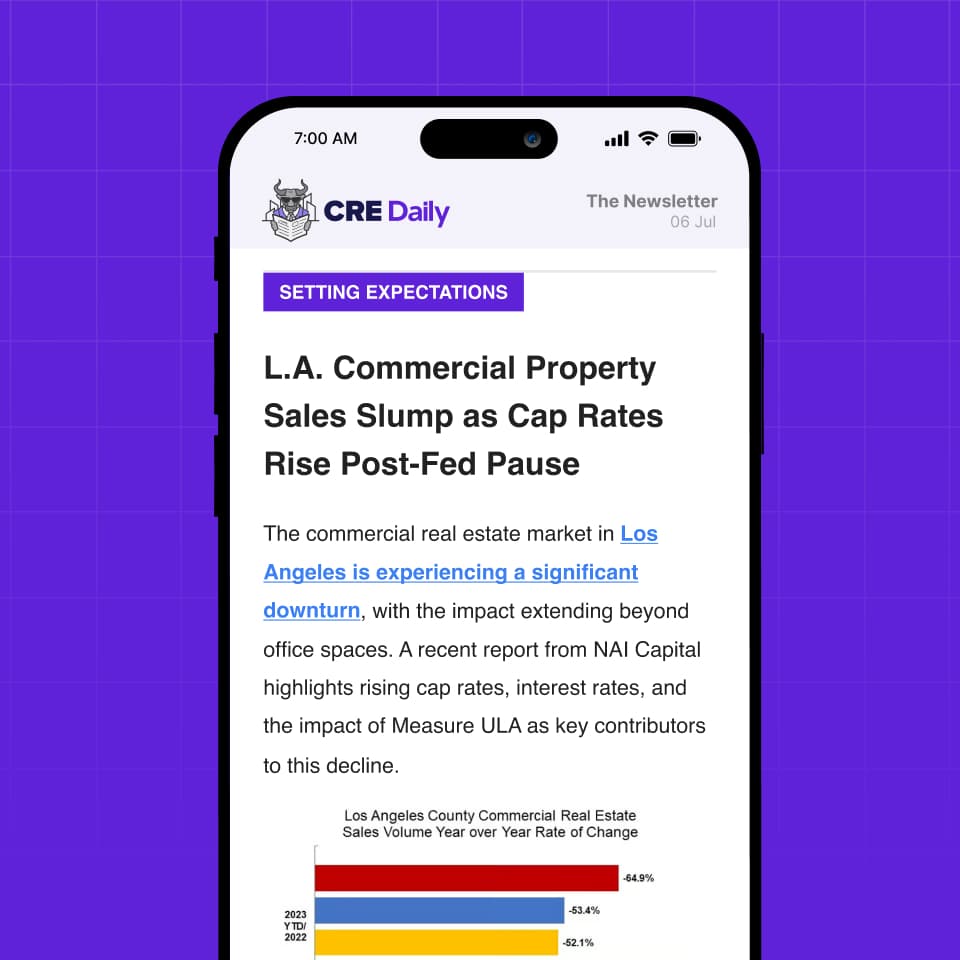- US regulators are preparing the most significant overhaul of bank capital rules since the 2008 financial crisis, targeting the 2023 Basel Endgame framework.
- Easing reserve requirements for large banks could directly boost commercial real estate lending by freeing up capital for new loans.
- While the revisions may lower borrowing costs, experts warn about the long-term risks of weakened regulatory guardrails.
Regulatory rollback
US bank regulators are preparing to scale back capital reserve rules originally designed to curb risk after the 2008 financial crisis.
These changes, focused on the 2023 Basel Endgame framework, represent the largest potential regulatory rollback in over 15 years and could significantly shift the commercial real estate lending landscape, per GlobeSt.
CRE Impact
The proposal mainly targets banks with more than $100B in assets—institutions that hold about half of all commercial real estate loans. Looser capital requirements would allow these lenders to return to the market more aggressively. That could lower borrowing costs and improve liquidity across the CRE sector.
Treasuries And Rates
A key revision would reduce capital charges for low-risk assets such as US Treasuries. Banks could increase Treasury holdings, helping to push yields lower and ease interest rates throughout the economy. For developers and investors, cheaper debt could make new projects and acquisitions more feasible.
Cautious Optimism
Experts like Gregory Jones of Silverbrook Advisors say the revisions could “absolutely increase lending,” but he tempers expectations: while lending may rise, banks are unlikely to return to the kind of risky behavior that fueled the 2008 crash. “Scars from that time are still etched into balance sheets,” he noted.
Fading Memory
Still, industry watchers warn that the passage of time and leadership turnover could dull the hard-learned lessons of 2008. As newer executives take over, the risk appetite of banks may subtly shift, and the true resilience of the financial system could face its next big test in the coming lending cycle.
What’s Next
The revised framework is expected by early 2026. If adopted, it could catalyze a new phase in CRE financing, one that balances the need for capital flexibility with the risks of regulatory complacency.
Get Smarter about what matters in CRE
Stay ahead of trends in commercial real estate with CRE Daily – the free newsletter delivering everything you need to start your day in just 5-minutes

















